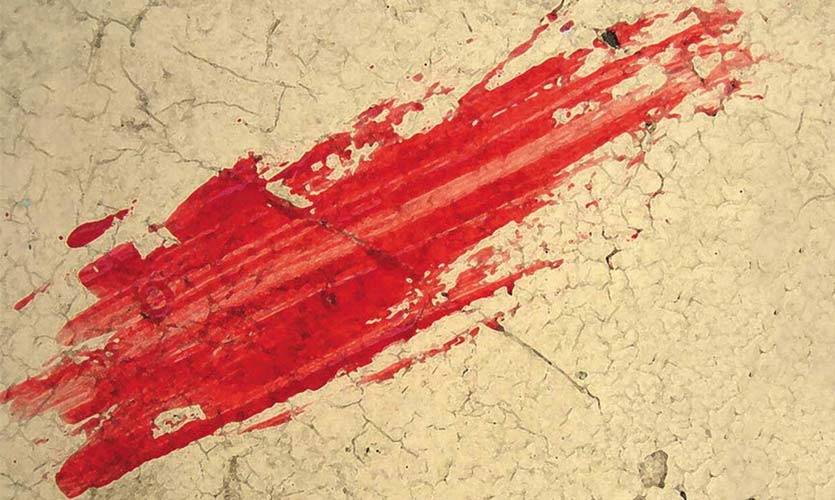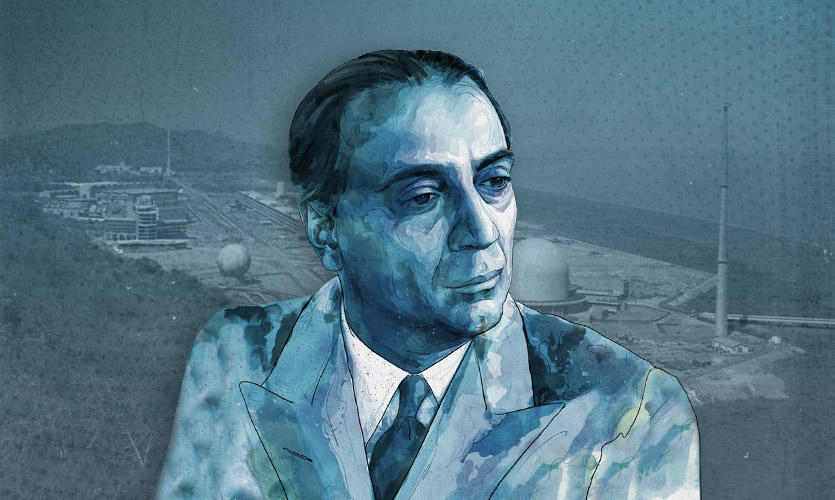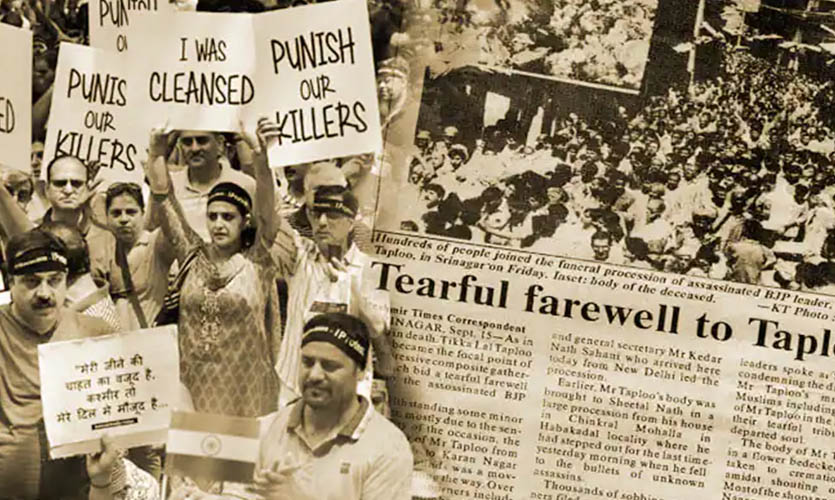According to Vamik Volkan, every individual has two identities, the first is his individual personality and the second is a group personality. Within the theoretical framework of Evolutionary Psychology it is recognised that “all human beings need positive self-esteem, for emotional and psychological health. However, our individual esteem is always tied to that of a wider group.” Volkan states, “just as a person wears two layers of clothes, the undergarment and the outer layer, group members create individual identity and group identity.” In analyzing the large group or “group tent” Volkan identifies ethnicity as key to understanding violence inspired by ideology. The group identity, that is the outer layer of an individual’s personality, is a loose fabric representing the group’s ethnic, religious or ideological belief system. Volkan describes the outer layer as “not form fitting” which is why the loose covering “shelters other members of the group and resembles, in a sense, a large canvas tent.” and “in their relationship to the tent, all of the individuals within it – male or female, rich or poor – group are equal.”
Volkan goes on to define large group identity as “the subjective experience of thousands or millions of people who are linked by a persistent sense of sameness, even while sharing some characteristics with people who belong to foreign large groups. In such large groups, most of the individuals will never meet during their lifetimes. They will not even know of the existence of many others belonging to the same entity. Yet they will share a sense of belongingness, usually a language, sentiments, nursery rhymes, songs, dance and representation of history.”
The group tent can identify a symbol, whether it is abstract or concrete. This symbol is called an “ethnic marker” that is used by the individuals of the group, “to protect and maintain the canvas of the ethnic tent and to keep individual members loyal…in all cases, they serve to enhance members’ sense of belonging to a group.” In fact, Volkan extends his analysis of large group symbols to animals as well. He argues that animals can become symbols representing the group’s identity. The phenomena of using animals as symbols has been used by humans since time immemorial. Human beings often link their own “valued or feared characteristics” to the symbolic use of animals. There are two types of symbolic significance to an animal. The first one is usually primal, where the animal is associated with fertility, wisdom, warfare or specific behavior. In other cases, the symbolic significance of an animal is unclear, “animals are used as symbols for complex and abstract ideas and beliefs.” When animals are used to represent a set of ideas and beliefs, they can be used as a symbol for unifying a large group. While the process of choosing an animal to symbolize group identity can be irrational, “large group symbols are psychologically powerful things.”
In addition to the ethnic markers, the group identifies itself in two distinct ways. Charles Strozier summarizes, “There are two components of a group’s conception of itself. One is what Volkan terms a “chosen trauma”; the other is the “chosen glory.” Each is an amalgam of historical fact and elaborations of fantasies and meanings that the group develops.” A chosen trauma describes, “the collective memory of a calamity that once befell a group’s ancestors.” More than a recollection, “it is a shared mental representation of the event, which includes realistic information, fantasized expectations, intense feelings, and defenses against unacceptable thoughts.” Volkan emphasizes on the term chosen to represent “a large group’s unconsciously defining its identity by the transgenerational transmission of injured selves infused with the memory of the ancestor’s trauma.” The influence of the trauma, or a specific event that causes trauma can directly impact a large group’s identity. Immediately after the event takes place, a mental representation of it takes form. This “mental representation is the consolidated collection of shared feelings, perceptions, fantasies, and interpretations of the event, as well as the images of relevant characters, such as a fallen leader.” This representation can be passed down from generation to generation of members within the same group which ultimately becomes an ethnic marker.
A chosen glory “is the mental representation of a historical event that induces feelings of success and triumph.” A chosen glory is a method by which a group’s self esteem is bolstered. Over time, a chosen glory can become heavily mythologized. Volkan argues that chosen trauma can have a greater impact on identity than chosen glories. However, chosen glories are equally influential on a group’s identity especially if that event “succeeds in making a positive change in a country’s political system or cultural revolution.”
By extension, when a large group feels threatened, the individuals of that group can engage in violence. A shared identity of a large group can be threatened by the ‘other’, “then ethnic or religious group members would would quite willingly ‘humiliate, cripple, burn, and kill others” in response” even though physically, the survival of the members of that group is not literally threatened. Especially, the group that feels an existentially identity threat, will engage in a primitive manner. They perceive the environment around them to be more threatening than it actually is. During the formation of the group tent, chosen glories and chosen traumas create ethnic markers. These ethnic markers become the backbone of the group’s identity which if threatened or perceived to be threatened can mobilize groups into taking action.
This phenomenon can be summarized in the following manner,
“The perception that the group is being threatened by physical annihilation leading to, possibly, group extinction – as illustrated by the horrific ethnic cleansing campaigns in Rwanda and the Balkans in the 1990s – can be a catalyst for violent radicalisation in perceived defense of the endangered Group Tent. Interestingly, this perception that the so-called Group Tent is under metaphysical or physical threat does not have to be directly experienced by youth. Reading or hearing about the acute marginalization and suffering, or worse, watching DVDs of the physical slaughter of co-religionists in far-away places – what has been termed ‘secondary trauma’ – can also ultimately trigger violent behavior.”
Read more: Blurred Lines: The Conflict Between Free Speech And Hate Speech
Deep Dive is a weekly column written by Ashini Jagtiani exploring subjects that have revolutionised the socio-cultural fabric of society.










